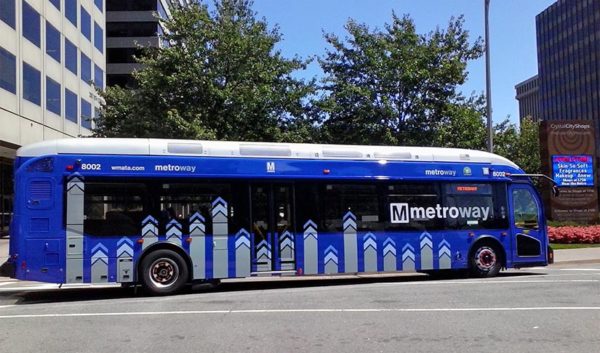The following letter to the editor was submitted by Jim Whittaker, chairman of the Arlington Street People’s Assistance Network.
Dear Editor,
I am writing to express my support for Arlington’s Affordable Housing Master Plan and for its goals of ensuring that middle and lower income workers can continue to call Arlington home. Frankly, I am confused by the controversy that has been stirred up regarding the Plan. This plan is the logical extension of efforts that have been underway here for years to limit the loss of existing affordable housing units and to create some new ones. The plan is not radical, nor will it be sufficient to entirely stop the loss of affordable housing, but it presents a reasonable approach for stemming the tide.
I serve as Chairman of the Board of A-SPAN, and we are working hard to lift hundreds of our most vulnerable neighbors out of homelessness. To accomplish this we depend on the availability of affordable housing. In Arlington the average cost of a one-bedroom apartment is $1,700 per month and rising. When one of our veteran or other homeless clients qualifies for a VA or HUD housing voucher we must find a willing landlord and an apartment that rents for $1,300 per month or less. While these are becoming harder to find, the plan before the County Board gives us hope that enough units will be available for us to achieve our goal of ending chronic homelessness in Arlington.
It’s not good for anyone to leave our homeless neighbors on the streets. It’s also expensive. A recent American Medical Association study found that homeless individuals cost a community about $45,000 per person per year in police, court, and hospital costs. We can provide housing and other services to that person for about $22,000, improve their health, and in many cases get them back into the workforce.
We have learned how to solve the problem of homelessness. But, we need Arlington to adopt the Affordable Housing Master Plan so that when A-SPAN clients are ready for housing there’s an affordable apartment available for them.
Sincerely,
Jim Whittaker
Chairman, A-SPAN Board of Directors
ARLnow.com occasionally publishes thoughtful letters to the editor about local issues. To submit a letter to the editor, please email it to [email protected]. Letters to the editor may be edited for content and brevity.



